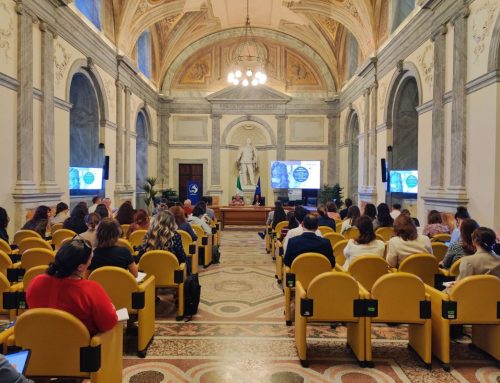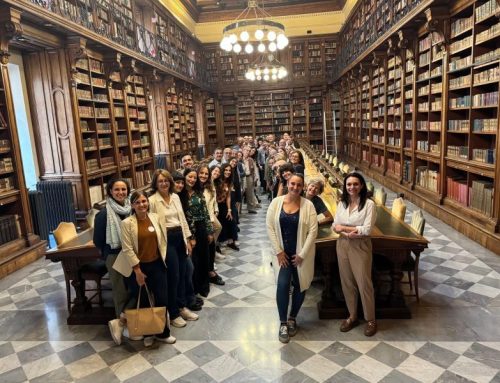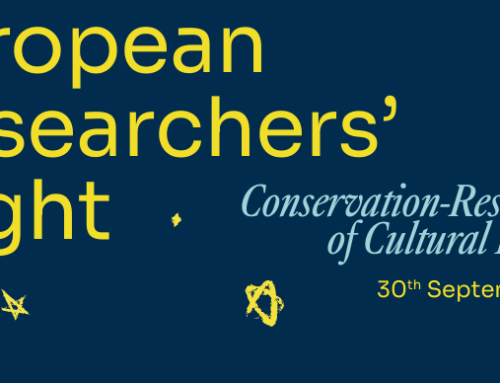10 October 2025
The GREENART project has been featured in a recent article by CORDIS, highlighting its pioneering role in redefining art restoration through transatlantic collaboration.
By combining European advances in green materials and heritage science with U.S. expertise in analytical techniques and conservation practice, GREENART has developed safer, more sustainable solutions for preserving cultural heritage.
From the outset, the project embraced international cooperation. European partners, including the University of Florence and CSGI-led the development of biodegradable cleaning agents and functional coatings based on nanocellulose and other bio-derived materials. These innovations target contaminants like aged varnish and corrosion without harming the original surfaces.
Meanwhile, U.S. institutions such as the Metropolitan Museum of Art, the Guggenheim, LACMA, and the Museum of Fine Arts, Houston provided state-of-the-art facilities for testing and validation. This real-time exchange allowed prototypes developed in EU labs to be evaluated on reference samples in the U.S., accelerating progress and strengthening conservation guidelines.
As GREENART Coordinator Prof. Piero Baglioni explains:
“They have the technology, the collections, and excellent conservators. This transatlantic collaboration is a perfect match for developing sustainable, safe materials.”
The collaboration also extended GREENART’s reach to contemporary art, addressing complex materials like polymaterial sculptures and printed silks. EU-developed hydrogels and nanomaterials were adapted to clean delicate surfaces, including modern paintings by artists such as Jackson Pollock, Picasso, and Roy Lichtenstein.
Beyond museums, GREENART’s outputs bio-based gels, antimicrobial coatings, and smart sensors, are being validated on real objects and evaluated through full life-cycle assessments. Some materials have even found applications in cosmetics and fashion, thanks to their gentle yet effective properties.
As cultural heritage faces growing threats from climate change and pollution, GREENART stands as a model of how science and conservation can work hand in hand to protect both the past and the future.




